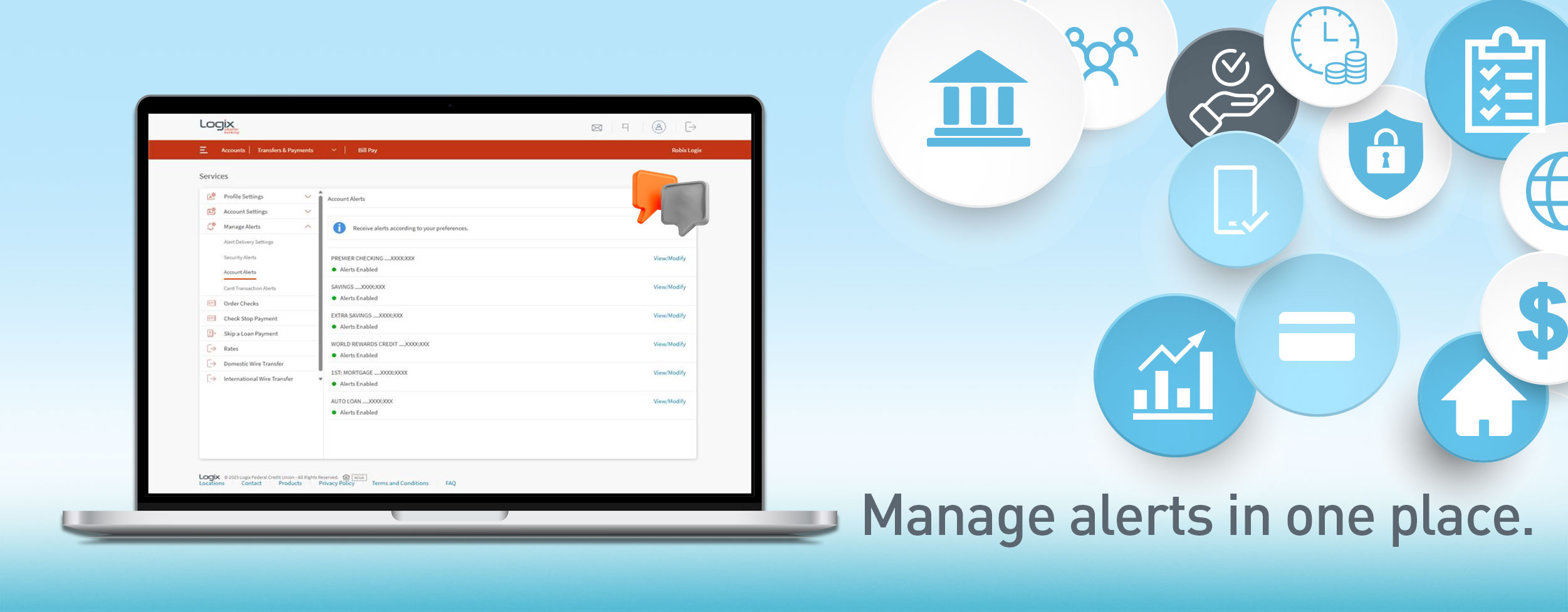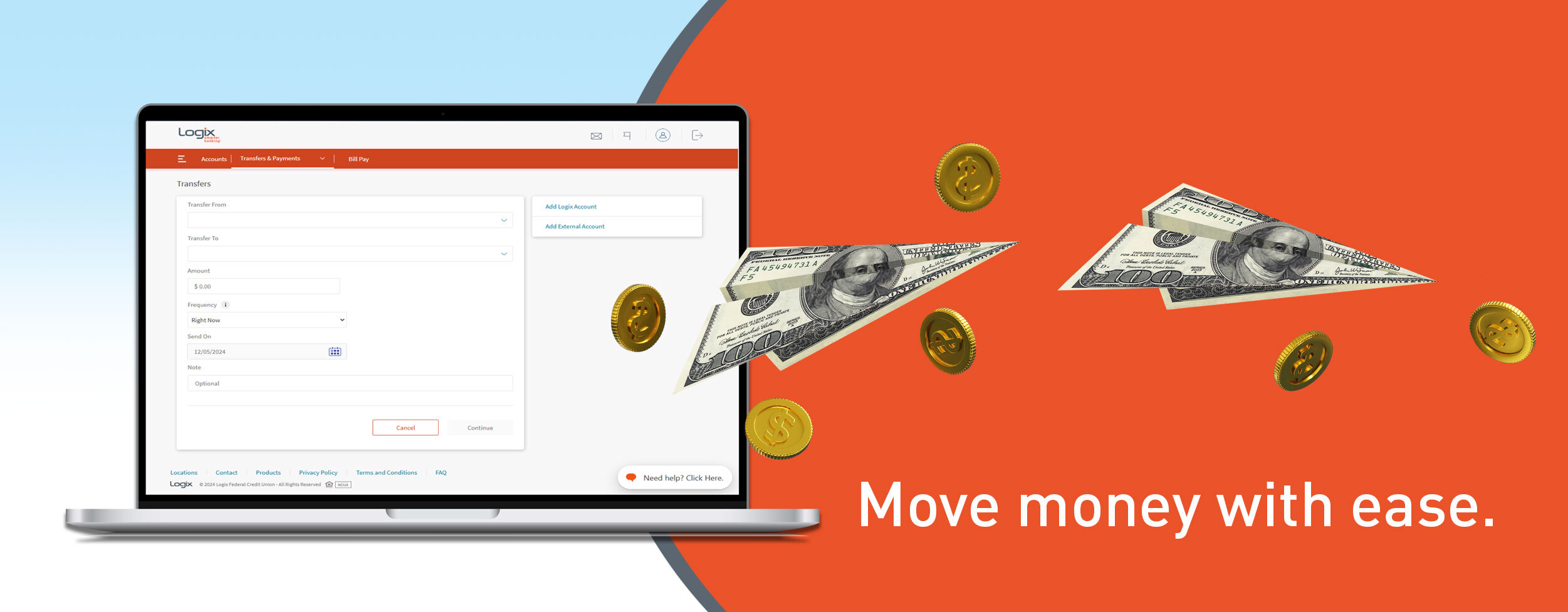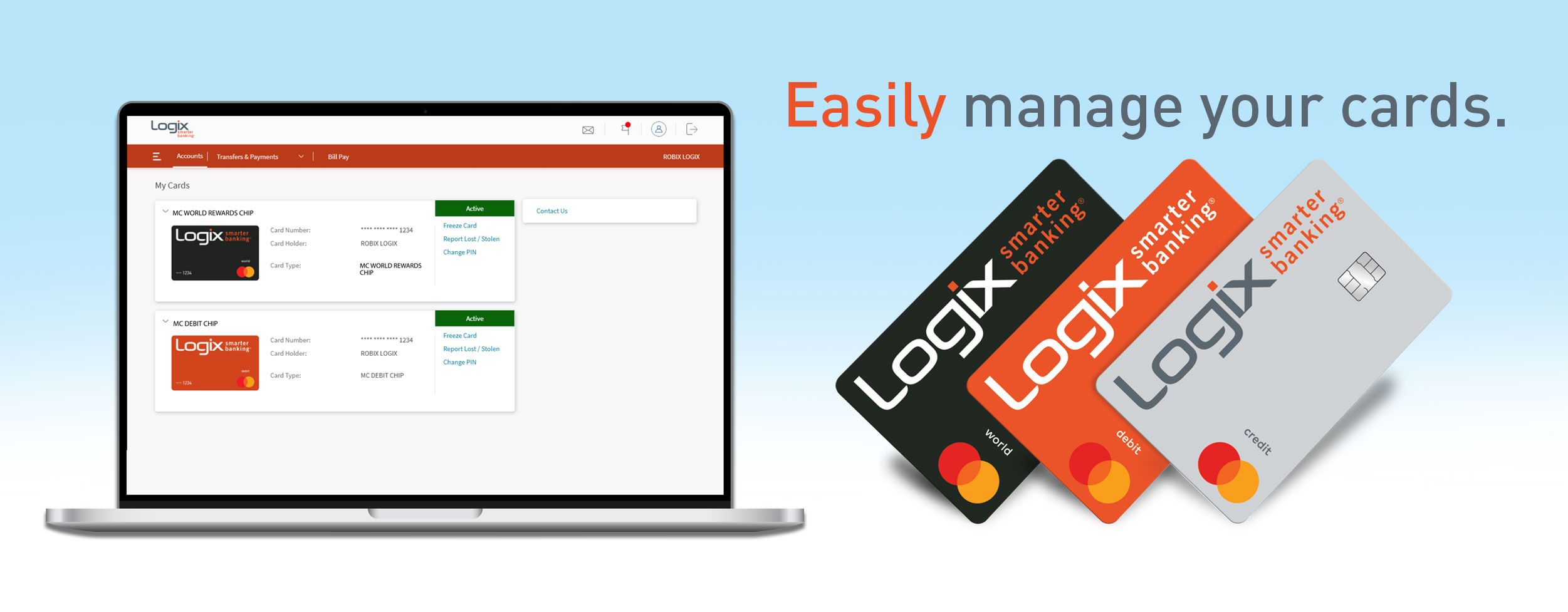
With the warmer weather making its welcome visit, it’s the perfect time to revisit your finances, get organized and declutter. Tidying up has gone well beyond our homes and apartments and is making it’s way into the zeitgeist, leaving no area of our life cluttered. And with good reason; because being in a constant state of “organized chaos” can be stressful, overwhelming and leave you in the dark about what’s going on with your finances.
Set Aside Time Each Month
The first step to getting organized is making the space and time to do it consistently. Being consistent is the key to developing any good habits or acquiring any type of skill. Put a couple of hours on your monthly calendar as a recurring event. Set aside the time to go through your bills, review your checking account and credit card transactions and revisit your budget. If you have extra checking accounts that are serving the same purpose, streamline redundancies and possibly reduce monthly fees by closing extra accounts.
Think About Your Money As Buckets
Each bucket has it’s own purpose. Your personal checking account has it’s own purpose of serving as an operating account for your life. Your emergency fund savings account is a cash savings account that will help serve as a reserve if an emergency should occur. Your retirement accounts are a savings account for your future, retired self.
Set Up Separate Savings Accounts
Thinking about your money as buckets help you organize your savings. You can have short-term savings accounts for goals such as vacation, buying a car, or starting a business. Having separate buckets for each goal helps you quickly and easily know where you are at with your savings goal. The alternative is one single savings account and not understanding if you’ve saved for the things you wanted to save for.
Don’t Forget About Old Accounts
Sometimes when you leave an employer, you leave behind your employer-sponsored retirement savings plan- also known as a 401(k) plan, 403(b) plan or the like.
Now is the perfect time to think back on those plans and take the steps to rollover old retirement plans from previous employers, like your 401(k), into your new retirement plan or a rollover IRA.
Restructure Debt
If you have debt, it’s a good idea to review the terms. Loan terms are the interest rate or the cost of borrowing money, which impacts the monthly payment amount. The length of the loan is also part of the terms and the amount you borrow. Depending on the type of loan, credit card, or line of credit, the terms may change. It’s important to keep up with any changes in your terms and how this impacts your monthly expenses and ability to pay back the debt over time.
Sometimes the terms are pretty fixed, like an automobile loan or a fixed rate mortgage. Other times the terms can vary, like the time it will take you to pay a credit card with a balance or borrowing from a home equity line of credit.
If you can restructure your debt to pay off your loans in a shorter period of time or by paying a lower interest rate overall, it would be smart to look into restructuring your debt. With extra money in your bank, you can use those resources to reach other goals you may have.
____________________________
Occasionally, Logix will invite guest bloggers to post on assorted financial topics. These posts may or may not represent our views











